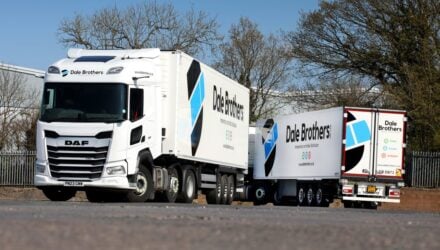
Fleet Logistics CEO, Rainer Laber
Fleet Logistics fleet size hits new record thanks to US companies
Fleet Logistics, Europe’s largest independent fleet management provider, has seen the size of its contracted fleet reach 137,000 vehicles, a new record and well ahead of the company’s ambitious growth target for 2014.
The growth is largely due to new European business from US-based companies and is targeting a fleet size of 145,000 units by the end of this year, along with an enhanced product range and increased country scope.
Fleet Logistics CEO, Rainer Laber, said that the growth in the contracted fleet was coming from both existing and new customers, and that those in the US with global businesses, including a strong presence in Europe, made up the largest proportion:
“We are currently seeing around 60-70% of our growth coming from American companies with global businesses in a variety of industry sectors, including pharmaceutical, IT, food and drink, and engineering.
“And for companies that have extensive fleets outside of their American homeland, we are now the number one choice. They see the European market as one which is very complex with a host of different rules on tax, legal and financial issues but it is one where we are the local experts.”
New technology has also helped with the companies ambitious growth plans with the recent launch of a new driver app to provide fleet drivers with access to all their vehicle details, mileage data, support services and other key information. This is one of several new product launches and IT enhancements the company has planned for this year:
“There has been a very positive reaction to the new driver app from our customers as they see that this new tool helps take our communication with drivers to another level.
“This is most definitely not a gimmick but an important interactive solution which helps us to communicate directly with drivers. The drivers themselves deliver the information which optimizes the customer’s fleet data, while the completed data forms the basis for cost-affecting decisions in the customer’s budgeting process,” said Laber.




















